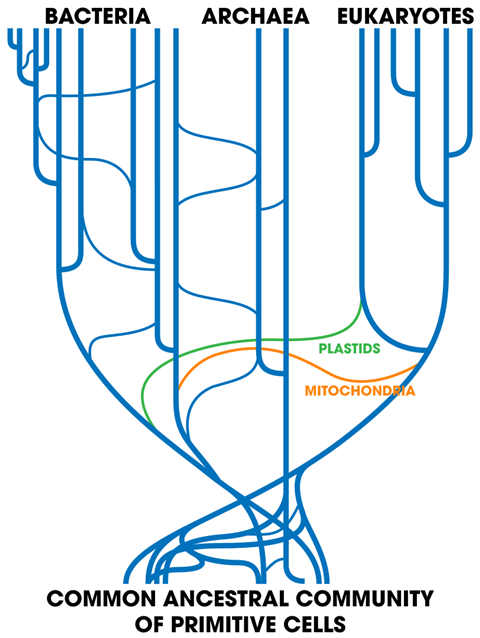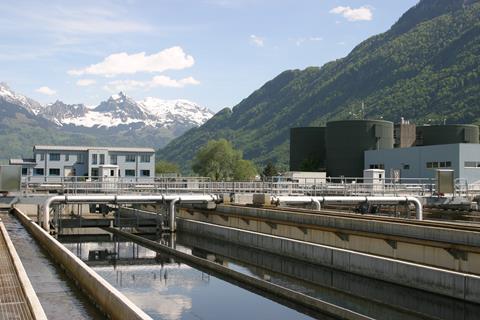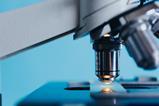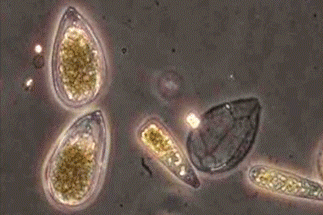In the tranquil flow of our drinking water sources lies a hidden struggle of microscopic proportions.
Introduction
Beneath the surface, bacteria, often dismissed as mere single-celled organisms, are engaged in a silent battle against the very antibiotics meant to control their growth. This remarkable occurrence calls into question our understanding of antimicrobial resistance and raises serious concerns about the safety of our drinking water.
This short write-up will take us on a journey into the heart of this aquatic battlefield, where nature’s smallest inhabitants employ ingenious tactics to thwart the antibiotics that seek to control them. Within the pipelines and reservoirs, a complex dance of genetic adaptation and survival unfolds, revealing a world where even the tiniest organisms hold the power to influence our health.
In this exploration, we will uncover the remarkable strategies employed by these aquatic avengers and shed light on the implications for safeguarding our precious water resources. It is a story of resilience, adaptation, and a testament to the enduring tenacity of life, even in the face of modern medicine. Welcome to the realm of the aquatic avengers, where science meets survival in every drop we drink.
The genetic arsenal of waterborne warriors
At the heart of this aquatic drama lies a genetic arms race between bacteria and antibiotics. These microorganisms possess a remarkable ability to adapt and evolve, rendering once-potent antibiotics ineffective. Through mechanisms like horizontal gene transfer and mutation, bacteria exchange genetic material, sharing their acquired resistance traits with astonishing efficiency. This genetic promiscuity allows resistance genes to spread rapidly through microbial communities, creating a formidable challenge for those tasked with safeguarding our water supply.

The battleground: antibiotics in drinking water
In urban environments, the battle against antimicrobial resistance in drinking water sources intensifies. The presence of antibiotics, often stemming from pharmaceutical waste or agricultural runoff, provides the perfect breeding ground for resistant strains. As these compounds seep into our waterways, they exert selective pressure on microbial populations, favoring the survival of resistant strains over susceptible ones. The result? A thriving reservoir of antibiotic-resistant bacteria that persistently challenge our efforts to maintain water quality.
Within the intricate network of pipes and treatment facilities, biofilms also emerge as strongholds of antimicrobial resistance. These microbial communities, encased in a protective matrix, serve as incubators for resistance genes (ARGs). Here, bacteria exchange genetic material and develop intricate defense mechanisms, making them particularly resilient to the disinfectants used in water treatment. As these biofilms persist, they act as a continuous source of resistance, potentially compromising the efficacy of water purification efforts.
Remarkable strategies of aquatic avengers
In the watery battlegrounds of our drinking water sources, bacteria employ ingenious tactics to withstand the attack of antibiotics. One such strategy involves the activation of efflux pumps, specialized proteins that act like microscopic bouncers, expelling antibiotics from bacterial cells before they can do harm. This remarkable defense mechanism allows bacteria to maintain their resilience in the face of chemical adversity. Interestingly, there are bacteria that possess the ability to produce enzymes that neutralize antibiotics, rendering them harmless. These biochemical ‘scavengers’ target and dismantle antibiotics, ensuring their survival in environments teeming with these chemical foes. Such biochemical warfare showcases the extraordinary adaptability of these microorganisms and their determination to thrive in the presence of adversity.

The ripple effect: implications for human health
The implications of antimicrobial resistance in drinking water extend far beyond the microbial realm. When resistant bacteria enter our bodies through consumption or contact, they introduce a new dimension of health risks. Infections that were once easily treatable may now become stubborn adversaries, necessitating more potent and potentially harmful antibiotics. Additionally, the potential for resistance genes to transfer from environmental bacteria to pathogens that can infect humans raises concerns about the emergence of truly untreatable infections.
Implications for safeguarding water resources
Understanding these microbial defense mechanisms holds profound implications for the protection of our water resources. As these aquatic avengers continue to evolve and refine their resistance strategies, it becomes increasingly imperative to enhance our monitoring and treatment protocols. Traditional water treatment methods designed to combat known pathogens may need to be reevaluated in light of these resilient microbial adversaries.
Additionally, stricter regulations and responsible antibiotic use policies are critical components of safeguarding our precious water resources. By reducing the introduction of antibiotics into the environment, we can help mitigate the selective pressure that fuels the development of resistance. Moreover, the development of novel, targeted water treatment technologies capable of addressing antibiotic-resistant bacteria may prove instrumental in maintaining water quality. Also, collaboration between microbiologists, water treatment experts, policymakers, and public health officials will be essential in the ongoing battle against antimicrobial resistance in drinking water. By combining our collective expertise and resources, we can develop comprehensive strategies that ensure the continued safety and availability of this vital resource for generations to come.

Charting a course: strategies for waterborne resistance
As we navigate this complex battleground, a multidisciplinary approach is essential. Enhanced surveillance, robust water treatment processes, and responsible antibiotic use are crucial components of a comprehensive strategy to combat antimicrobial resistance in drinking water sources. Additionally, continued research and innovation in water quality management will play a pivotal role in our ongoing efforts to protect public health. Investigations into antibiotic resistance within Africa’s aquatic ecosystems have been comparatively limited, highlighting the urgent need for increased attention and resources. Many regions in Africa face instrumental limitations in effectively monitoring these emerging contaminants, particularly in aquatic environments
“Antimicrobial resistance in drinking water sources has far-reaching implications for public health. We must recognize that these resilient microbes are an integral part of the broader One Health framework.” - Dr. Sarah Turner (Infectious Disease Epidemiologist).
As we delve into the intricate world of antimicrobial resistance in our drinking water sources, it becomes abundantly clear that this is a battle of paramount importance. The resilience and adaptability of waterborne bacteria are awe-inspiring, demanding our attention and concerted efforts.
In the face of this challenge, it is imperative that we collectively acknowledge the global implications of antimicrobial resistance and double our commitment to safeguarding our water resources. By strengthening research, implementing rigorous monitoring, and advocating for responsible antibiotic use, we can forge a path towards a more resilient and sustainable water future. The choices we make today will resonate far beyond our lifetimes, influencing the health and well-being of generations yet to come.
Let us stand as stewards of our planet’s most vital resource, ensuring that every drop that quenches our thirst remains a testament to our unwavering dedication to the health of our communities and the preservation of our precious environment.
Further reading
Cai, Y., Sun, T., Li, G., An, T.J.A.E. and Engineering, T. (2021) Traditional and emerging water disinfection technologies challenging the control of antibiotic-resistant bacteria and antibiotic resistance genes 1, 1046-1064.
Ogunlaja, A., Ogunlaja, O.O., Olukanni, O.D., Taylor, G.O., Olorunnisola, C.G., Dougnon, V.T., Mousse, W., Fatta-Kassinos, D., Msagati, T.A. and Unuabonah, E.I.J.E.P. (2022) Antibiotic resistomes and their chemical residues in aquatic environments in Africa 312, 119783.
Schmidt, M.A. (2009) Beyond antibiotics: Strategies for living in a world of emerging infections and antibiotic-resistant bacteria: North Atlantic Books.
Villa, T.G., Feijoo-Siota, L., Sánchez-Pérez, A., Rama, J.R. and Sieiro, C. (2019) Horizontal gene transfer in bacteria, an overview of the mechanisms involved. Horizontal gene transfer: breaking borders between living kingdoms, 3-76.
Wilson, B.A. and Ho, B.T. (2023) Revenge of the Microbes: How Bacterial Resistance is Undermining the Antibiotic Miracle: John Wiley & Sons.
Yadav, S., Arora, U. and Zaman, K. (2023) Antibiotics, antibiotic-resistant bacteria, and the environment. In Degradation of Antibiotics and Antibiotic-Resistant Bacteria from Various Sources. pp.117-142: Elsevier.













No comments yet